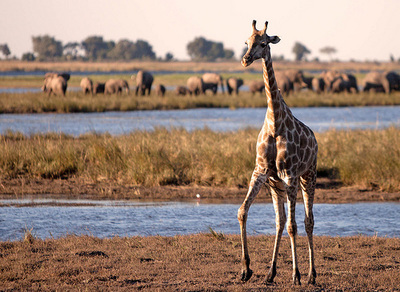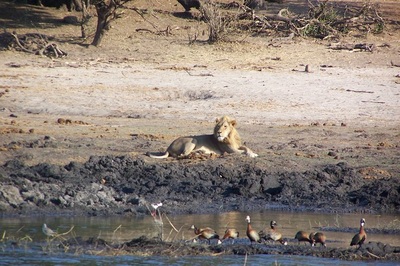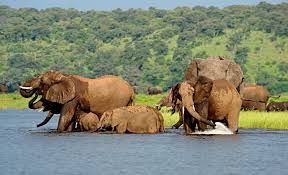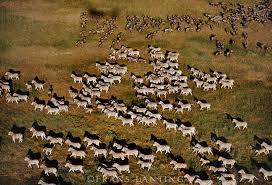|
CHOBE NATIONAL PARK
The Chobe National Park is located in the Northern part of Botswana and comprises an area of approximately 11 000 km². The park lies along the Chobe River, which borders Botswana and Namibia. The Chobe National Park is the second largest park in Botswana and is known for its superb game viewing all year round as it has one of the largest populations of game on the African continent. The most remarkable features of the Chobe National Park are its huge concentration of elephants as well as a multitude of different ecosystems. Chobe National Park hosts the largest surviving elephant populations in the world, currently estimated to exceed 120,000. The Chobe elephants are migratory, making seasonal movements of up to 200 kilometers in a circuit from the Chobe and Linyanti rivers, where they concentrate in the dry season, to the pans in the southeast of the park, where they gather during the rainy season. SEASONS - BEST TIME TO VISIT May to November, the ever-increasing numbers of water-dependent animals (especially elephants and buffalo) are concentrated along the Chobe River as well as in the park's central Savuti region.May, June and July are bone-dry with cold nights but temperatures rise rapidly as the rainy season approaches. August to October offer sensational game viewing but under very hot conditions. If you can handle the heat, this is the best game-viewing time for a Chobe safari. December to March are summer months and it is the best time to visit Chobe for bird watching, the impala birthing season (great for predators!) and to see the Savute zebra migration as the arrival of the rains trigger a dispersal of game from the Chobe River area. Indeed, many safari experts rate early summer as the best time to go to Savute. CHOBE NATIONAL PARK CAMPS
|
MAP OF CHOBE NATIONAL PARK
HIGHLIGHTS AND FACTS
PHOTO GALLERY
|





















